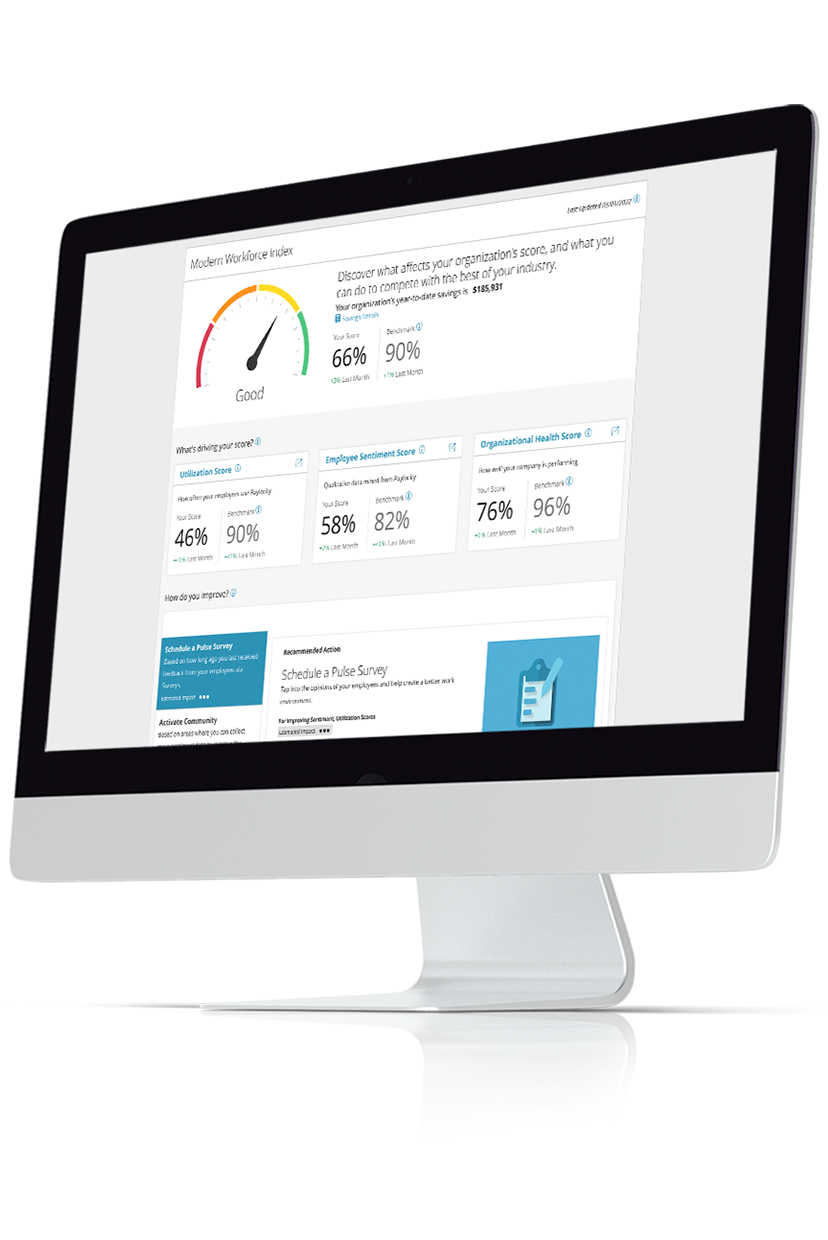Work From Home (WFH)
Summary Definition: A flexible work arrangement that allows employees to perform their duties from their residence instead of a traditional office environment.
What is WFH?
Work from home (WFH) is a flexible working arrangement in which employees perform their regular job responsibilities from where they live rather than commuting to a traditional office. Coupled with modern technology and employee communication platforms, workers can remain connected with colleagues and supervisors.
WFH workers may be on a full-time, part-time, or hybrid schedule, depending on job requirements and company policies.
Since the 2020 COVID-19 pandemic, this arrangement has become increasingly common across industries, particularly for roles that don't require physical presence in a specific location.
WFH Pros and Cons
As more professionals explore work-from-home opportunities, employers should weigh the advantages and drawbacks of this increasingly common arrangement. Understanding the pros and cons of working from home can also help employees determine if WFH careers align with their personal and professional goals.
| Advantages | Disadvantages |
|
|
Working From Home vs. Remote Work
While often used interchangeably, WFH refers specifically to working from one's residence, while remote work broadly includes working from any location outside an office. A remote job, for example, may include working from co-working spaces, coffee shops, libraries, or other locations.
Both arrangements rely on similar technology, communication tools, and management strategies. However, they may have different policy considerations regarding workspace setup, and some work-from-home tax deductions (e.g., home office expenses) may not apply to remote workers.
| WFH | Remote Work | |
| Location | Solely from employee's residence | Any location outside a traditional office |
| Technology Requirements | Dedicated home internet and mostly non-portable accessories (e.g., external webcam, docking station, headset, etc.) | Portable technology and mobile connectivity |
| Policy Considerations | Workspace setup requirements and potential home office tax deductions | Travel restrictions, location requirements, and equipment security |
| Work Hours | Often structured around traditional business hours | May include flexible time zones and asynchronous work |
Related Glossary Terms

Experiences for the Modern Employee
Your employees want communication, collaboration, and connection — to peers, career development, and growth. Empower them with modern, user-friendly tools that stand out from traditional HR functionality. Come together with social tools that encourage seamless collaboration. Move beyond email with video, text, and chat. Enable two-way feedback with surveys. See how Modern Workforce tools get it done today!